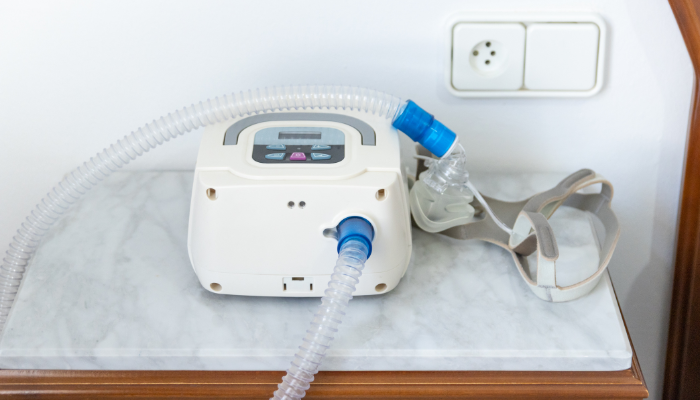
To keep your breathing airways open, CPAP ventilation employs light air pressure.
In order to keep the patient’s airways from closing and leading to apnea occurrences, cpap machines continuously give a steady stream of compressed air to the patient.
Your doctor will calculate the pressure settings for your CPAP machine after conducting the sleep study, and the machine will be configured to continuously produce that precise amount of pressure.
Modern technologies that don’t require you to manually set the pressure include auto CPAPs. The device automatically recognizes the patient’s needs and provides air at that pressure.
WHAT ROLE DOES THE CPAP MACHINE PLAY IN THE TREATMENT OF SLEEP APNEA
The recommended treatment for sleep apnea is CPAP ventilation. Sleeping with a CPAP machine helps because:
- While you are sleeping, keep your airway open
- Reduce snoring so that your family members can sleep.
- Boost the quality of your sleep.
- alleviate the effects of sleep apnea, such as increased daytime sleepiness
- lower or stop excessive blood pressure


 Physiotherapy
Physiotherapy Elder Care
Elder Care Medical Equipment
Medical Equipment Doctor Consultation
Doctor Consultation Nursing
Nursing Trained Attendants
Trained Attendants Lab Tests
Lab Tests Mother & Baby Care
Mother & Baby Care Critical Care
Critical Care Ambulance Service
Ambulance Service Dead Body Freezer
Dead Body Freezer